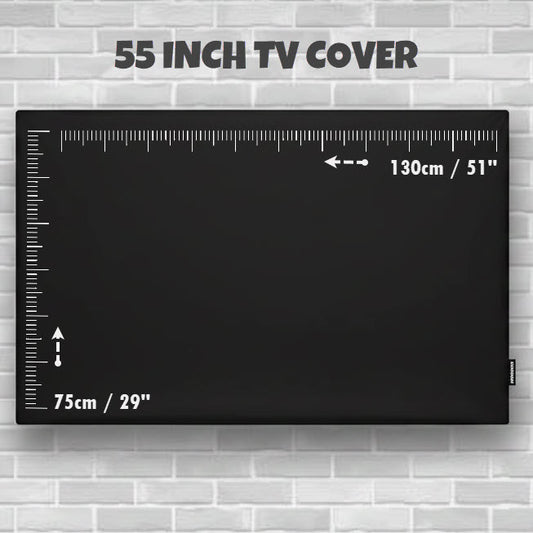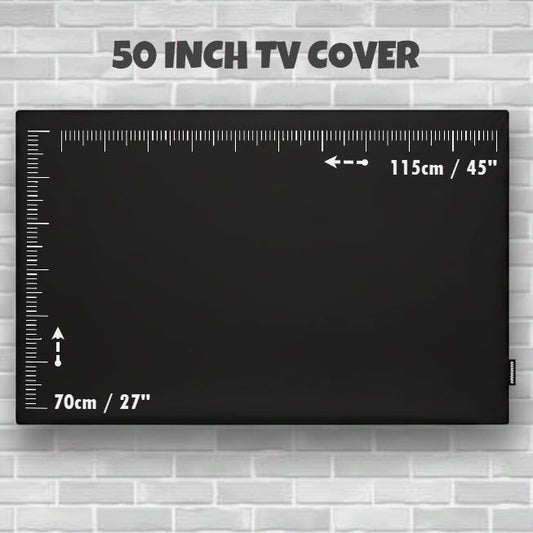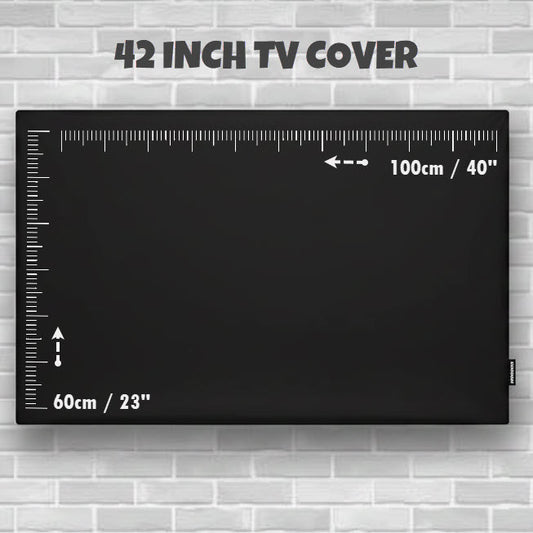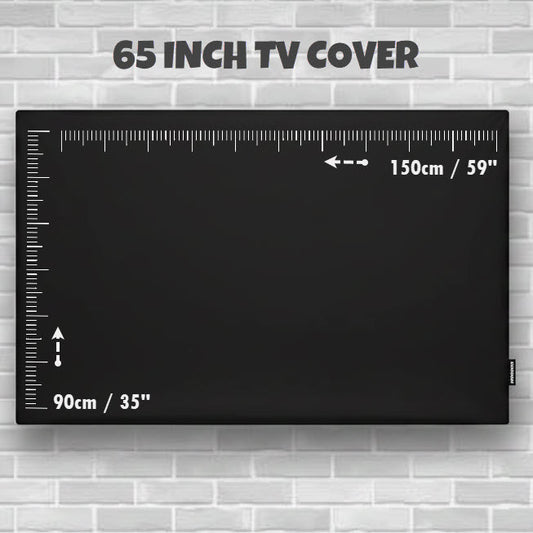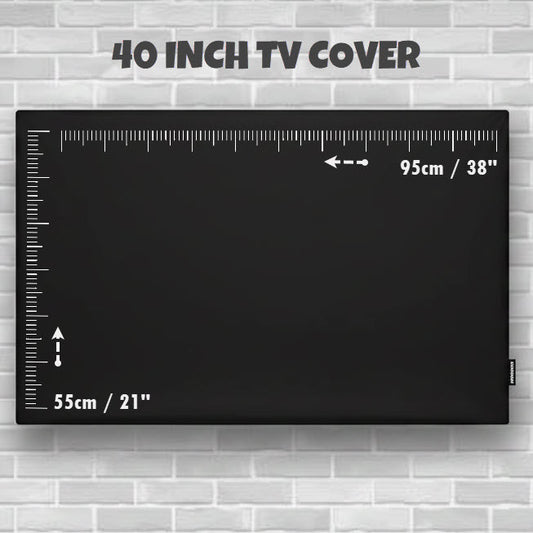Wall Mounts
Will My Wall Mount Fit The TV Cover?
A TV wall mount is used to enhance the television viewing pleasure. TV wall mounts also help to utilize space better. The flat screen TV, along with a good TV wall mount will not only give more space in the room but will also help in viewing picture better. However, an improper TV wall mount or poor installation can give you nightmares.
There are different considerations before buying flat panel TV wall mounts. The most important consideration is the weight of the TV. You must measure the size and weight of the TV before buying a TV wall mount. You will not want the TV to be damaged by placing it on a wall mount that is not designed to take the weight of the TV. If you are unsure of the weight, you can buy a TV wall mount designed for higher loads.
Compatible Wall Mounts
All of the wall mounts listed below are compatible with our TV Covers. This is not an exhaustive list by any means, but it does show the versatility of our TV Covers.
Of course, if you have any questions or want your wall mount checked you can always email us with pictures.
The green tick indicates that the displayed wall mount will fit our TV Covers.
Low Profile Wall Mount
That’s right, low-profile mounts don’t tilt and they don‘t move up/down or left/right. This lack of movement also makes it complicated when trying to switch out cables. Since the flat panel doesn’t move on it’s wall mount, you’ll have to physically remove the flat panel from the wall in order to change out cables. - See more at: http://www.tvcovers.com.au/index.php/ct-menu-item-24/ct-menu-item-28#sthash.RO7q64WO.dpuf
Typically, low-profile TV wall mount brackets are the easiest to install and the lowest in cost compared to tilting and full-motion wall mounts. This ease of installation comes with a price -- an inability to adjust the TV once it’s installed.
That’s right, low-profile mounts don’t tilt and they don‘t move up/down or left/right. This lack of movement also makes it complicated when trying to switch out cables. Since the flat panel doesn’t move on it’s wall mount, you’ll have to physically remove the flat panel from the wall in order to change out cables.
Tilting Wall Mount
he only significant difference between a tilting wall mount and a low-profile wall mount is that you can adjust the vertical viewing angle when using a tilting wall mount.
Basically, the wall mount has a pivot in the middle of the installation bracket. The pivot makes it possible to maintain a good viewing angle when lying on the floor or standing on a ladder.
The Swing Arm or Articulating Wall Mount
The Swing Arm or Articulating Wall Mount is the most expensive mount because of the various features it offers. In this type, the TV wall mount permits full motion. It will not only tilt the TV but you can also rotate it to any direction. It is a great feature since you can turn the TV 180 degrees and watch it from any corner of the room. It suits rooms where you can place the TV at the center and watch it from all directions.
Ceiling Mount
As the name suggests, this mount attaches to the ceiling rather than the wall. Depending on the mount you've purchased, you may be able to rotate the TV and tilt it as well.
One of the advantages of the ceiling mount is that you are not limited to a wall or post and if you wanted your TV in the middle of the room, your shop, your office or your outdoor area, then you can!
Free Standing
This is when your TV sits on its supplied base rather then being mounted on a bracket. You then have the freedom to move your TV anywhere you like as often as you like.

VESA Standards
It is also a good idea to check that your television is VESA compliant and purchase a wall mount that is also VESA compliant.
VESA is a family of standards defined by the Video Electronics Standards Association for mounting flat panel monitors, TVs, and other displays to stands or wall mounts. It is implemented on most modern flat-panel monitors and TVs.
Most manufacturers comply with this standard by adhering to an industry wide pattern on the back of their displays for mounting purposes. Although our covers are virtually universal, please check carefully the wall mount you have to ensure it will fit.
A typical VESA hole pattern for flat panel displays can be one of the following sizes:
- 75 mm x 75 mm (75 mm = 2.95 inches)
- 100 mm x 100 mm (100mm = 3.94 inches)
- 200 mm x 200 mm (200 mm = 7.87 inches)
- 400 mm x 400 mm (400 mm = 15.7 inches)

TV Covers
-
55 Inch TV Cover
5.0 / 5.0
(1) 1 total reviews
Regular price $44.90 AUDRegular price -
50 Inch TV Cover
4.833333333 / 5.0
(6) 6 total reviews
Regular price $39.90 AUDRegular price -
42 Inch TV Cover
5.0 / 5.0
(1) 1 total reviews
Regular price $32.90 AUDRegular price -
65 Inch TV Cover
5.0 / 5.0
(2) 2 total reviews
Regular price $54.90 AUDRegular price -
40 Inch TV Cover
Regular price $29.90 AUDRegular price


